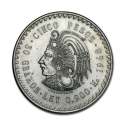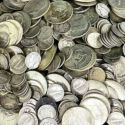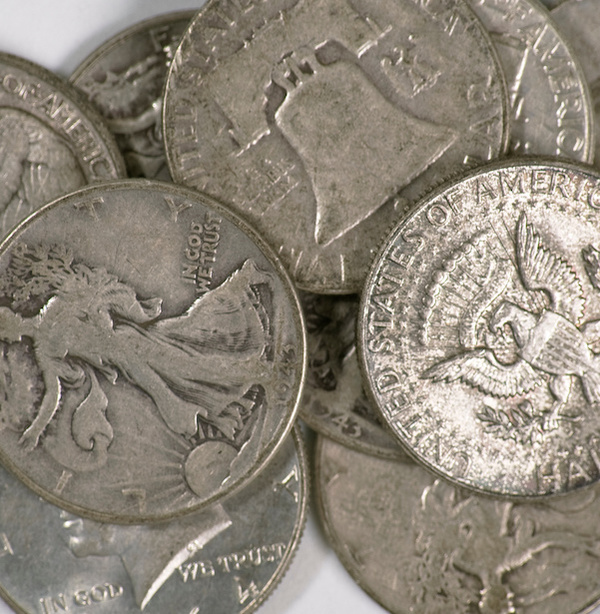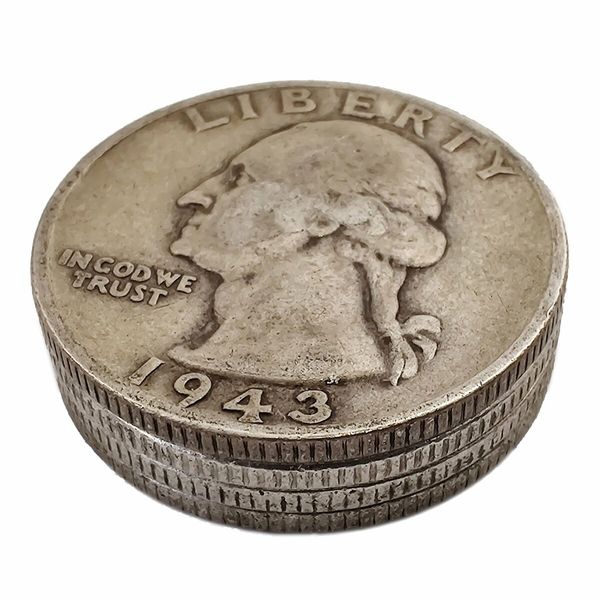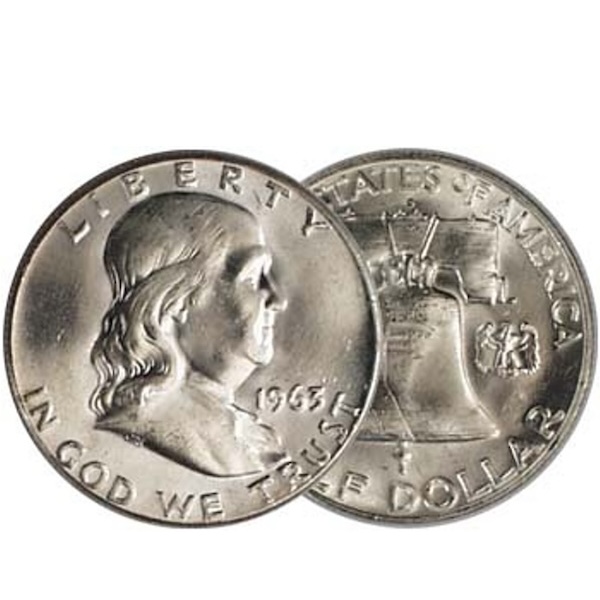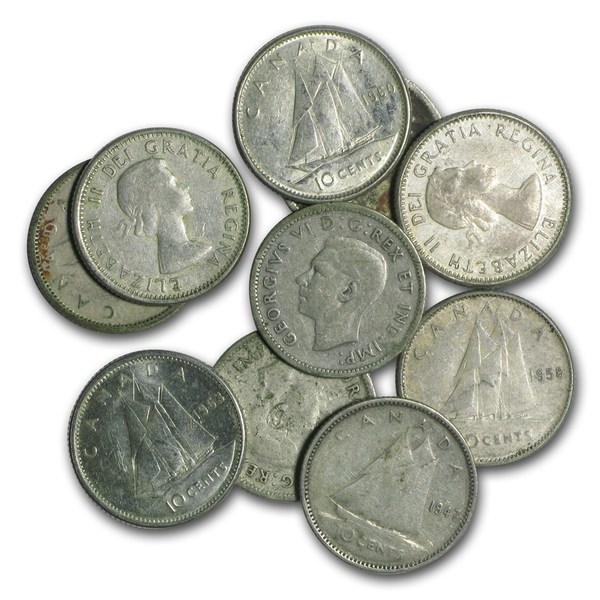1948-1963 Franklin Half Dollar Melt Value
Determining the current price of silver coins is a straightforward process once you know the silver content of the coin and the current market price, often referred to as the silver spot price.
US Mint Silver Coin Melt Values
| Description | Face Value | ASW | Melt Value | Per $1 Face | Per Bankroll | |
|---|---|---|---|---|---|---|
| Franklin Half Dollar | 1948-1963 Franklin Half Dollar | $0.50 | 0.3575 | $26.64 | $53.28 | $532.82 |
1948-1963 Franklin Half Dollar Values
The United States Mint issued the 1948-1963 Franklin Half Dollar and is notable for featuring Benjamin Franklin on the obverse. This series departed from traditional U.S. coin designs, as Franklin was the first non-president to appear on a regular-issue U.S. coin. The series is popular among collectors due to its relatively short production span, silver content, and historical significance.
Design and Specifications
- Obverse (front): Features a bust of Benjamin Franklin designed by John R. Sinnock.
- Reverse (back): Displays the Liberty Bell with a small eagle to the right (included due to a legal requirement that half dollars feature an eagle).
- Weight: 12.5 grams
- Composition: 90% silver, 10% copper
- Silver Content: 0.3617 troy ounces of pure silver
- Diameter: 30.6 mm
- Edge: Reeded
- A standard bankroll of half-dollars contains 20 coins, equivalent to a $10 face value, and 7.15 troy ounces of silver.
Mint Marks and Mints
- Philadelphia (no mint mark): Produced most of the Franklin Half Dollars, especially proofs.
- Denver ("D")
- San Francisco ("S" ): Earlier coins in the series, particularly in the first few years of production, were minted in San Francisco. The mint mark, when present, is located just above the Liberty Bell on the reverse side.
Calculating the Value of Franklin Half Dollars
The value of a Franklin Half Dollar depends on several factors, including silver content, condition (grade), and rarity (specific dates and mint marks). To calculate the coin's silver value, use the following formula:
For example, if silver is priced at $25 per troy ounce:0.3617 troy ounces × $25 = $9.04 (intrinsic silver value).
Values in Various Conditions:
For common dates, Franklin Half Dollar values are often tied to their silver content unless they are in higher grades or have higher grade features like Full Bell Lines (FBL).
- Good (G) to Fine (F): $9-$12 (melt)
- Extremely Fine (XF): $13-$16
- About Uncirculated (AU): $18-$25
- Brilliant Uncirculated (BU/MS): $30-$50 for common dates
- Proof Coins (1950-1963): $25-$100, with higher prices for a cameo or deep cameo examples
- 1955: $30-$100+ USD depending on condition
Franklin Half Dollars with FBL are much more valuable. Even common dates can fetch $100+ in BU condition with Full Bell Lines, and key dates with FBL can exceed $1,000.
Some Franklin Half Dollars have achieved remarkable prices at auction, particularly those with Full Bell Lines (FBL) and in high grades: 1953-S Franklin Half Dollar (MS67 FBL): Sold for $35,250 at auction in 2018. 1958 Franklin Half Dollar (PR69 DCAM): Sold for $129,250 in 2014, a record for a Franklin Half Dollar proof. 1955 Franklin Half Dollar (MS66 FBL): Typically commands $5,000-$10,000+ in high-grade auctions.Key Dates and Varieties
From 1950 to 1963, the U.S. Mint issued Proof Franklin Half Dollars, all minted in Philadelphia. These coins are more reflective and were produced for collectors, with mintages ranging from around 50,000 (early 1950s) to 3 million in the later years.
Early proof coins often lacked the deep cameo finish in modern proofs. Cameo and Deep Cameo (DCAM) Franklin Half Dollars are highly prized and can be worth significantly more than standard-proof coins, especially from the early 1950s.
- 1955 Franklin Half Dollar: Known for its low mintage, this is one of the most valuable regular-issue coins in the series.
- Full Bell Lines (FBL): Franklin Half Dollars with a sharp strike, where the lines at the bottom of the Liberty Bell are fully visible, command significant premiums in higher grades.
- Proof Coins: Proof Franklin Half Dollars were produced between 1950 and 1963 at the Philadelphia Mint, and higher-grade examples with deep cameo or frosted devices are highly prized.
Coin Roll Hunting
It is still possible to find Franklin Half Dollars while coin roll hunting, especially in mixed rolls that contain Kennedy Half Dollars. However, finding them in circulation is becoming increasingly rare because many have been hoarded for their silver content. Searching through rolls of half dollars can sometimes yield silver Franklins.
The Franklin Half Dollar is a highly collectible U.S. coin series, especially when considering key dates, Full Bell Lines, and proof coins. Its value is tied to both its historical significance and silver content, with the potential for numismatic premiums in higher grades. While common dates may trade near their melt value, key dates, high-grade examples, and coins with Full Bell Lines can be worth significantly more.
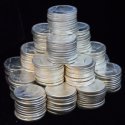
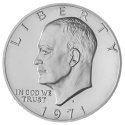
.jpg)
